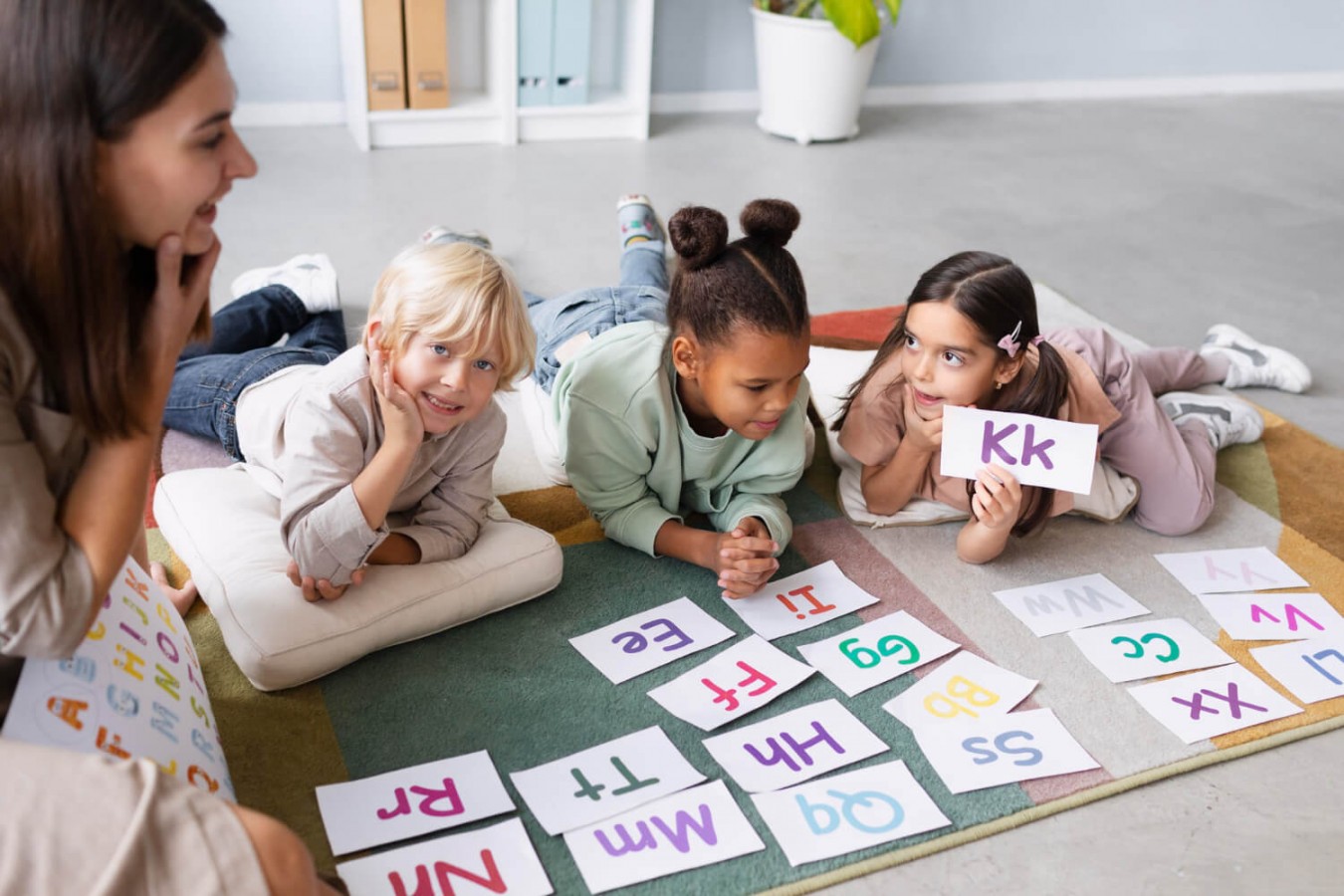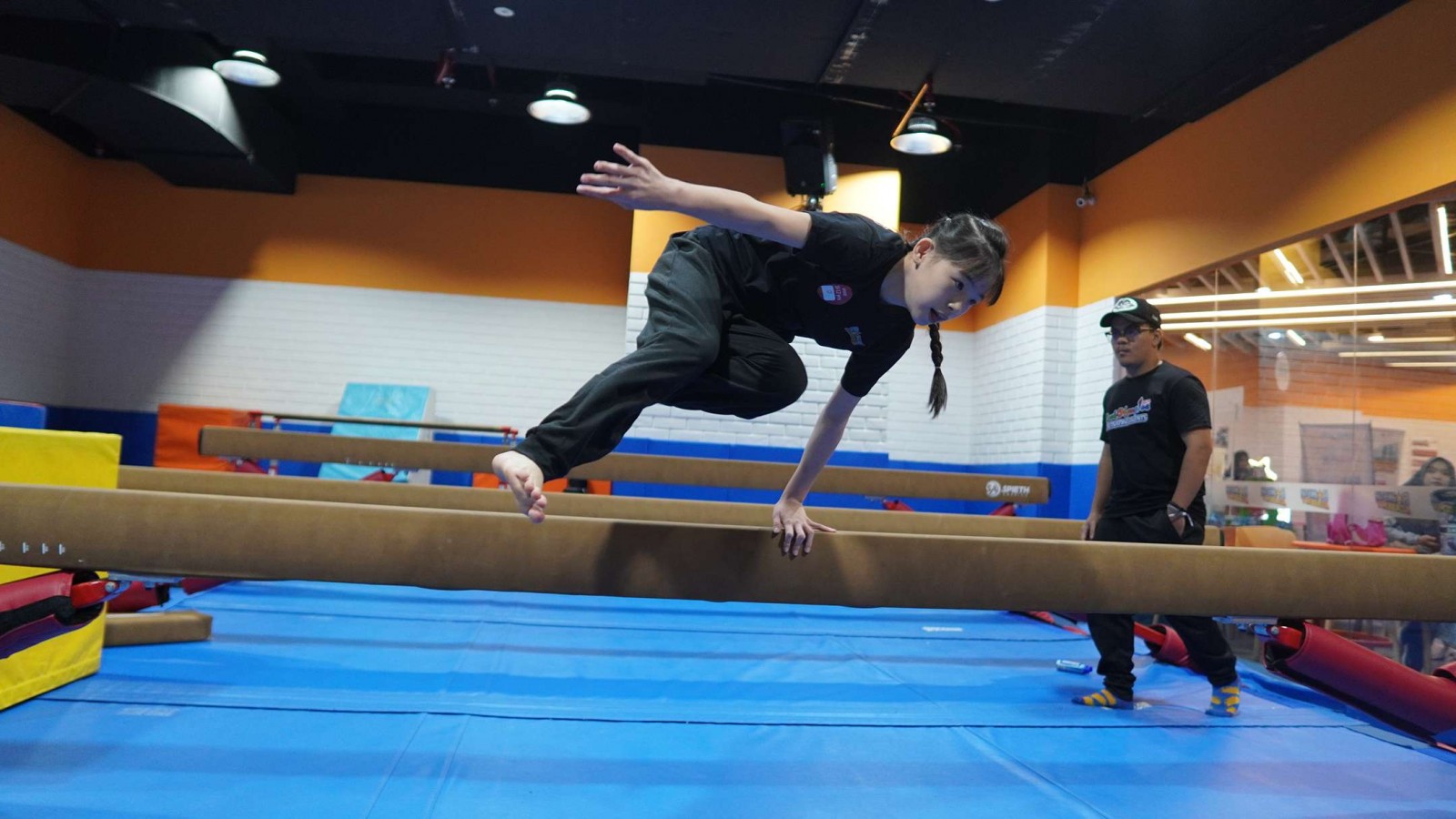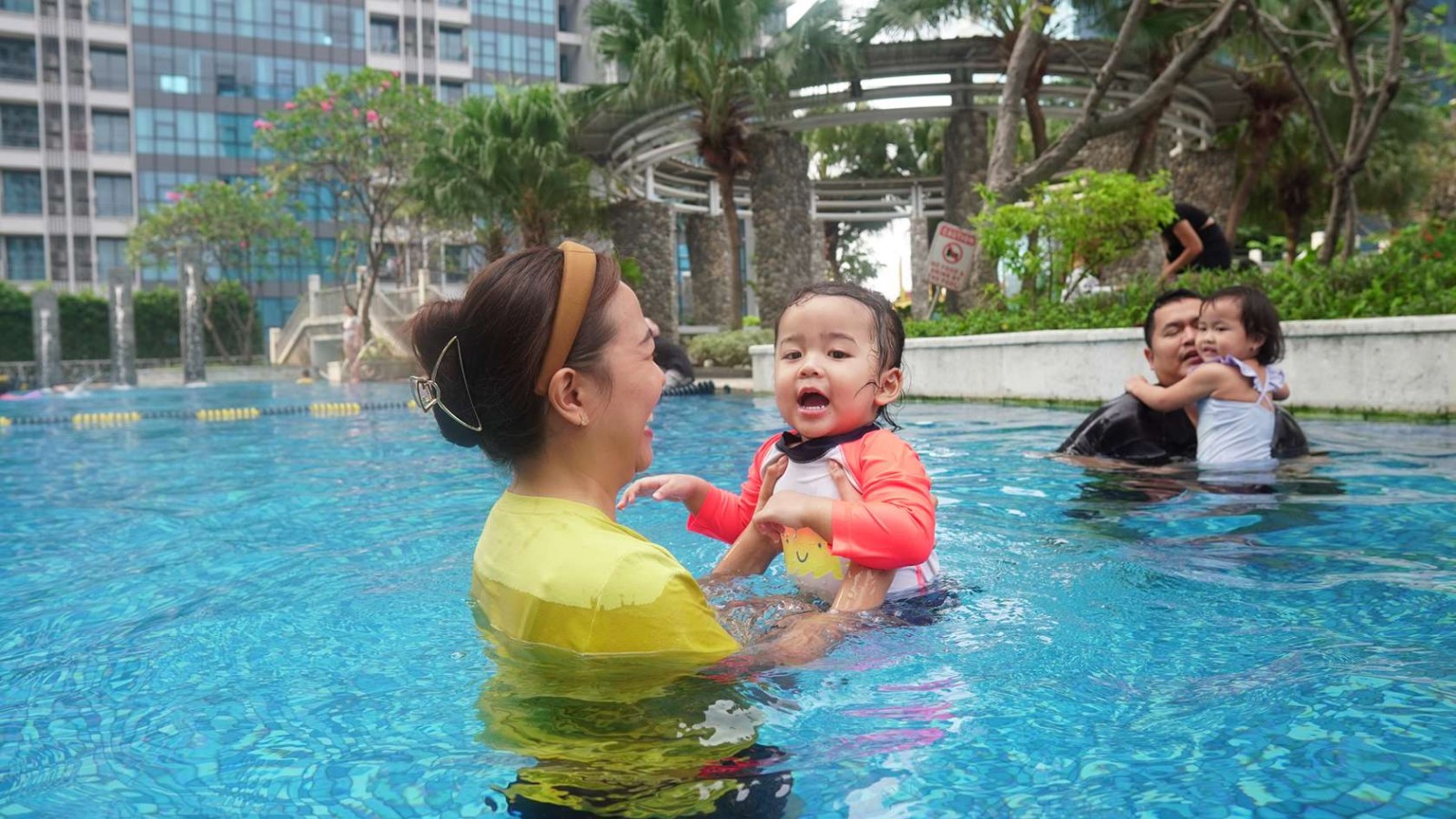Learning Letters Easy Ways For Child To Learn The Alphabet

Learning the alphabet is often the first step in a child's educational journey. It's the foundation upon which reading, writing, and communication skills are built. Mastering the alphabet opens doors to a world of knowledge and imagination.
In this article, we'll explore why learning the alphabet is crucial for children, what they need to know about consonants and vowels, and offer practical tips for parents to facilitate their child's alphabet learning journey.
Why is Learning the Alphabet Crucial for Children?
Learning the alphabet is crucial for children due to its foundational role in literacy development and cognitive growth. Here's a deeper exploration of why mastering the alphabet is essential:
1. Preparation for Reading and Writing
Understanding the alphabet lays the groundwork for reading and writing skills. When children recognize letters and their sounds, they can begin to decode words and eventually comprehend written text. Similarly, knowing how to write the alphabet enables them to communicate their thoughts and ideas through writing.
2. Language Development
Learning the alphabet enhances language development by expanding a child's vocabulary and improving their ability to articulate thoughts. As they become familiar with letters, children can better understand spoken language and engage in meaningful conversations.
3. Cognitive Skills
Mastering the alphabet stimulates cognitive development. It teaches children to identify patterns, sequence letters in alphabetical order, and make connections between symbols and sounds. These skills form the basis for problem-solving and critical thinking abilities.
4. Confidence Building
Acquiring literacy skills boosts children's confidence and self-esteem. As they gain proficiency in recognizing and using letters, they feel empowered to explore new words, express themselves creatively, and tackle academic challenges with confidence.
What Must Children Learn About the Alphabet?
Before delving into specific teaching strategies, it's important to understand what children need to learn about the alphabet:
A. Letter Recognition
Children should be able to identify both uppercase and lowercase letters in various fonts and contexts. This includes recognizing letters in books, on signs, and in their environment.
B. Letter-Sound Correspondence
Understanding that letters represent sounds is crucial for phonemic awareness. Children need to learn the sounds associated with each letter of the alphabet to decode words and develop reading fluency.
C. Alphabetical Order
Knowing the sequence of letters in the alphabet helps children organize information and navigate alphabetical lists. Teaching them to recite the alphabet in order lays the foundation for alphabetical sorting and categorization skills.
D. Differentiation Between Consonants and Vowels
Children should grasp the distinction between consonants and vowels and understand their roles in forming words. This knowledge enables them to recognize syllables, segment words, and improve spelling accuracy.
Consonants and vowels are the building blocks of written language. Here's a brief overview of each:
- Consonants
Consonants are speech sounds produced by obstructing airflow in the vocal tract. They are typically represented by letters other than A, E, I, O, and U. Examples of consonants include B, C, D, F, G, H, J, K, L, M, N, P, Q, R, S, T, V, W, X, Y, and Z.
- Vowels
Vowels are speech sounds produced with an open vocal tract. They are represented by the letters A, E, I, O, and U. Vowels are essential for forming syllables and are the primary sounds in most words.
Tips for Teaching the Alphabet to Children
Now that we understand the importance of learning the alphabet and the basics of consonants and vowels, let's explore some effective strategies for teaching the alphabet to children:
1. Make it Fun
Incorporate games, songs, and hands-on activities to make learning enjoyable. Use alphabet puzzles, flashcards, and magnetic letters to engage children in interactive learning experiences.
2. Provide Real-Life Examples
Point out letters in everyday life, such as on street signs, food packaging, and household items. Encourage children to find letters in their environment and identify their sounds.
3. Use Multisensory Techniques
Appeal to different learning styles by incorporating visual, auditory, and kinesthetic elements into lessons. For example, trace letters in sand or shaving cream to reinforce letter formation, and recite the alphabet aloud for auditory reinforcement.
4. Use Alphabet Boxes
Making the alphabet learning process fun and engaging can motivate your child to learn new words. One effective method is creating alphabet boxes, which help your child discover new objects and toys related to each letter.
For instance, you could focus on the letter ‘C’ for a week and fill a box with items such as crayons, color pencils, and carrots. As you present these objects, your child begins to associate them with the letter ‘C’ and remember both the items and the letter.
After familiarizing them with all 26 letters, you can challenge them to guess the letter based on the box's contents. This interactive approach not only teaches the alphabet but also keeps your child eager to explore more boxes.
5. Use Flashcards
Flashcards are an excellent tool for helping kids memorize the alphabet. They often include pictures that help children associate each letter with an object that begins with that letter. However, be mindful that some flashcards might feature images where the object's name starts with the correct sound but not the exact letter.
Choose flashcards that show objects starting with the same letter displayed on the card. Teaching preschoolers requires specificity and simplicity to ensure they retain what they learn. For early learners, flashcards should be clear and accurate.
6. Practice Regularly
Dedicate short, daily literacy lesson sessions to alphabet practice to reinforce learning and build fluency. Consistency is key to helping children retain information and develop mastery over time. You can also use examples of letter learning exercises from various sources, such as the K5 Learning worksheets.
7. Celebrate Progress
Encourage and praise children for their efforts and achievements. Celebrate milestones such as mastering letter recognition or writing their name independently to foster a positive attitude towards learning.
8. Play with Magnetic Letters
Magnetic letters are a fun way to help your child learn the alphabet every day. You can start by sticking a set of magnetic letters on your refrigerator, so your child sees them often. While you're in the kitchen making meals or snacks, you can ask your child to practice identifying the letters. For example, if you're cutting an apple, you can say, "Apple starts with the letter 'A.' Can you find an 'A' on the fridge?"
You can also make a game out of finding the letters in unexpected places. Hide a magnetic letter in a drawer, on their chair, or next to their toothbrush. When they find it, make it fun by saying, "How did this sneaky 'B' get here?"
Once your child knows some letters, you can ask them to identify the letter, like, “Which letter is this?” This helps them recognize the letters and remember the sounds they make.
9. Sing Alphabet Songs
Singing songs is a great way to teach the alphabet! Besides the classic ABC song, you can find other fun alphabet songs on apps like HOMER, or on YouTube and Spotify. If your child has a favorite TV show, look for alphabet songs from it.
If you can’t find a song you like, create your own! Make up silly rhymes and fun sounds together to write your own alphabet song. Your child will love being involved, and they’ll be proud of the song they helped create. You can even add a dance to it for extra fun!
10. Use Your Child’s Favorite Toys
Children love playing with toys, so you can use their favorite toys to help teach the alphabet. You can use magnetic letters or create your own by writing letters on small pieces of paper.
If your child likes toy trucks, you can put a letter on each truck and ask them to move the "B truck" or the "C truck." This helps them practice letter recognition and sounds. For example, you can say, "Move the truck with the 'buh' sound" (for the letter 'B').
If they have dolls, stick the first letter of each doll’s name on it. This will help them remember the letters and sounds. You can also teach them about using initials, like putting the letter on a backpack to show it’s theirs.
Need Help to Teach Your Children Learning Letters?
Learning the alphabet is a foundational step in a child's educational journey, and there are many fun and engaging ways to help them master this essential skill. If your child needs additional support in learning letters, consider enrolling them in a Preschool & Kindergarten at Rockstar Academy.
At Rockstar Academy, your child can experience preschool and kindergarten, participate in various physical activities, and engage in events and competitions tailored to different ages, skill levels, and interests.
With the right guidance from our experienced teachers, children can gain confidence and adaptability through both academic and physical activities. These activities are crucial for children's overall well-being and success, fostering important skills such as teamwork and perseverance.
Rockstar Academy also offers a free trial class for those interested, so don't hesitate to contact us and discover how we can support your child's growth and development.
FAQs
At what age should I start teaching my child the alphabet?
While every child develops at their own pace, most children begin to show an interest in letters and sounds between the ages of two and three. You can introduce the alphabet through age-appropriate activities and gradually build upon their knowledge as they grow.
My child is struggling to remember certain letters. What can I do to help?
Provide additional practice and reinforcement through games, activities, and repetition. Break down challenging letters into smaller, more manageable tasks and offer praise and encouragement for their efforts.
Should I focus on uppercase or lowercase letters first?
Start with uppercase letters as they are typically easier to distinguish and recognize. Once your child is comfortable with uppercase letters, introduce lowercase letters and reinforce the connection between uppercase and lowercase pairs.



